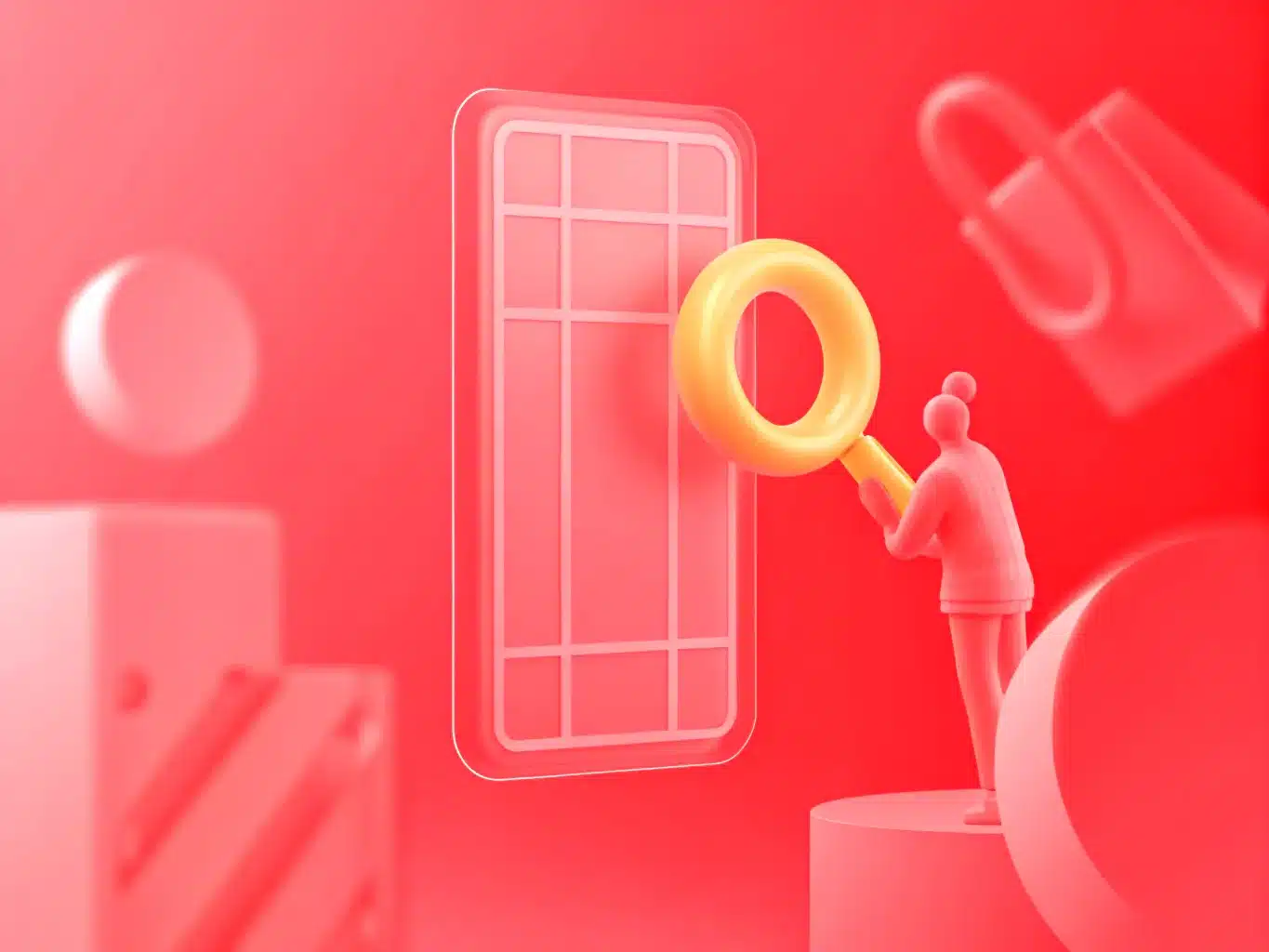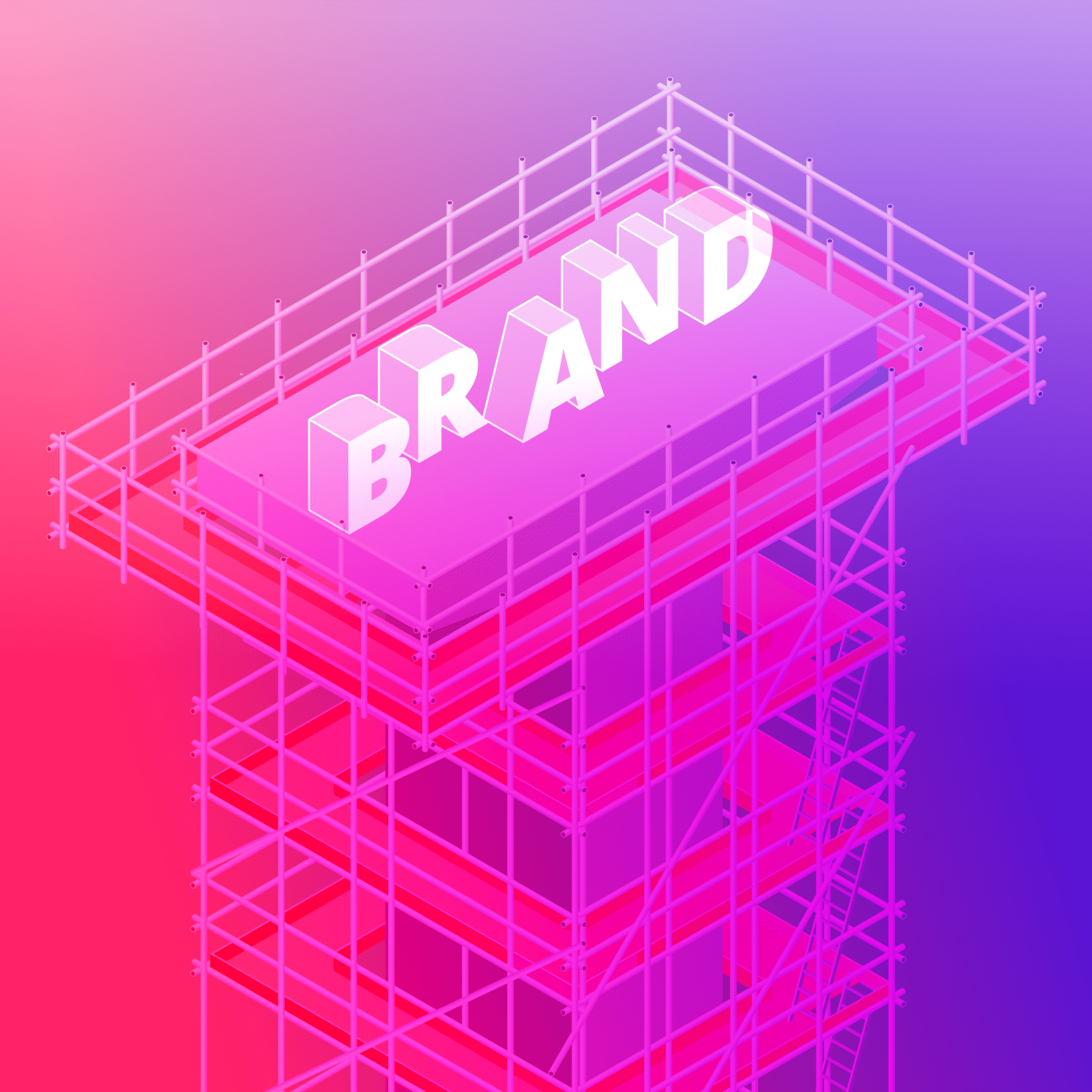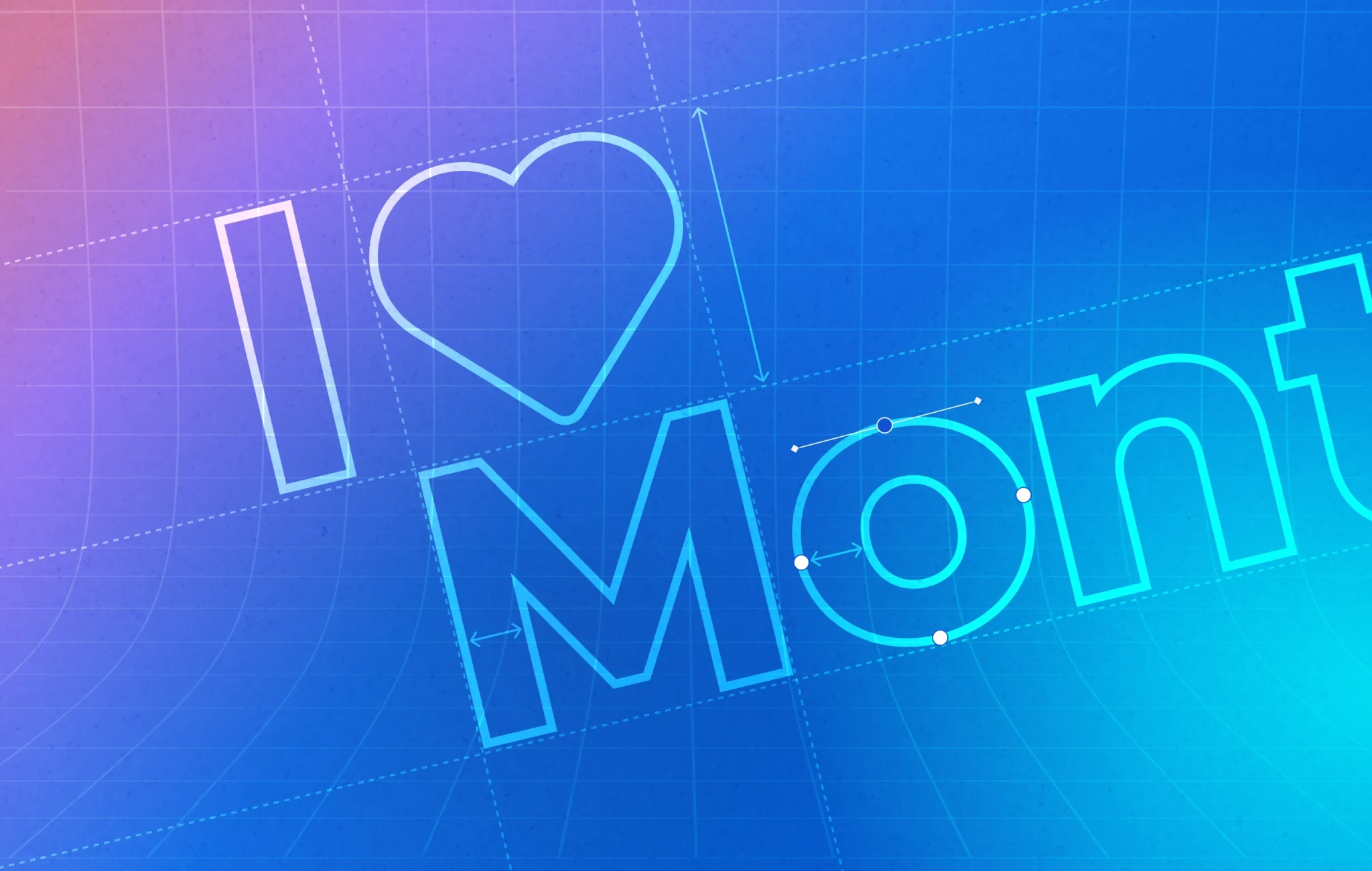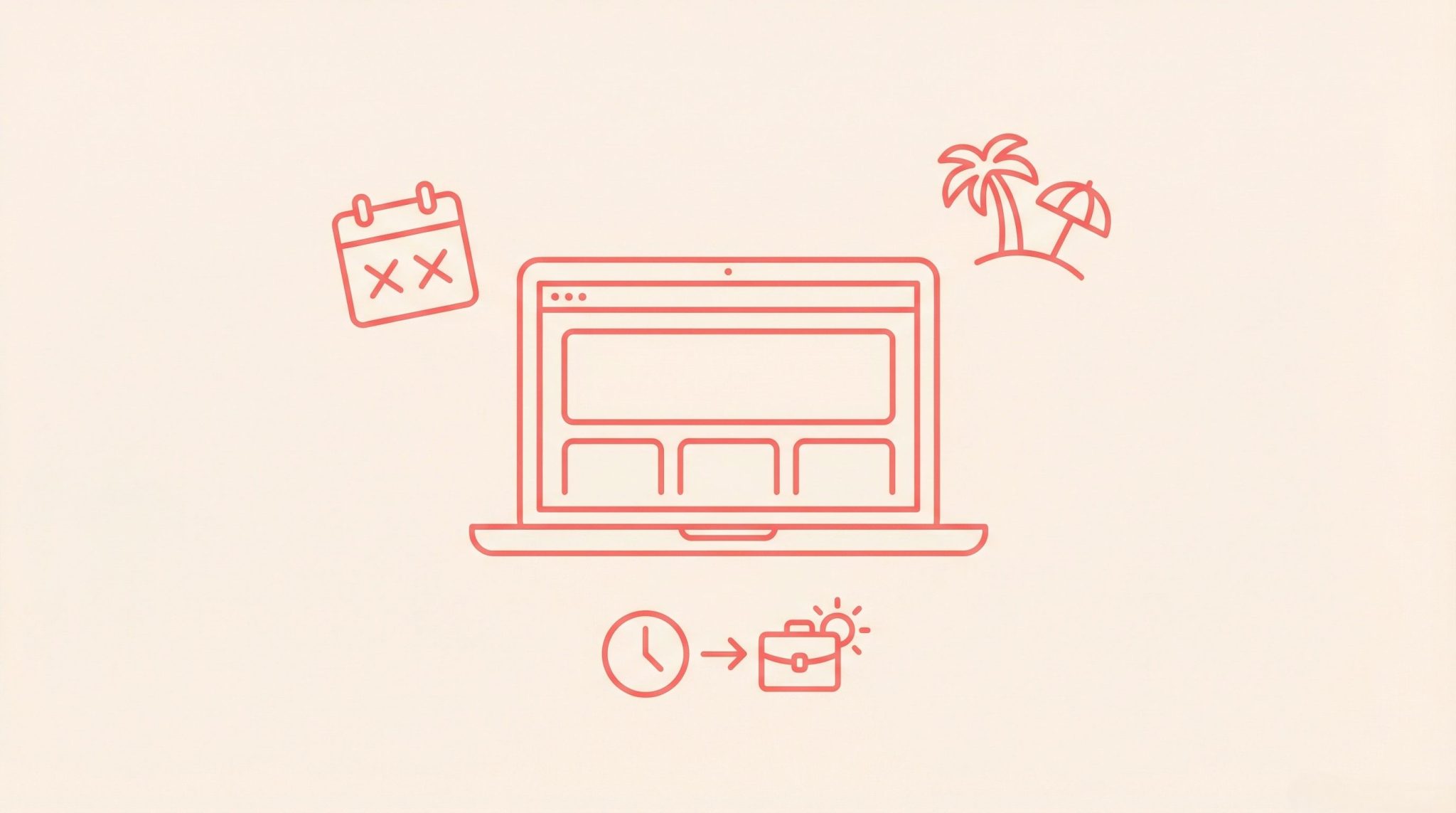Struggling to find an e-commerce web designer in Sydney who can build a site that drives sales without breaking the bank? High quotes, missed deadlines, and poor designs can tank your online store before it even starts. I’m here to help you avoid those pitfalls with a clear, proven roadmap.
With a long career in Sydney’s web design scene, I’ve seen what works—and what doesn’t—when hiring talent for eCommerce projects.
In this ultimate guide, I’ll walk you through 7 actionable steps to find the right designer to deliver stunning, revenue-boosting websites, tailored to what your business needs most.
From setting goals to post-launch tweaks, we’ve got every stage covered with tips curated specifically for Sydney-based businesses. Let’s dive in!
Step 1: How Do I Define My eCommerce Vision and Requirements?
First, make sure you’re crystal clear on what you need. A solid vision sets the foundation for hiring the right designer.
Start by identifying your business goals and key performance indicators (KPIs). Focus on metrics like conversion rates, average order value and cart abandonment rates. These numbers will guide your designer to prioritise results as much as aesthetics.
Next, set a realistic budget and timeline. In Sydney, small business eCommerce sites often cost between $8,000 to $15,000, while mid-market projects can hit $20,000 or more. Plan for a 6–12 week timeline for a full redesign—longer for complex stores.
Finally, pinpoint technical needs. Will you use Shopify or WooCommerce? Do you need integrations like POS systems or CRMs? Nail these details now to avoid surprises later.
PRO TIP: Create a one-page brief with your goals, budget and platform choice to share with potential designers. It saves time and keeps everyone aligned.
Step 2: Where Can I Find Top eCommerce Web Designers in Sydney?
Now that you know what you need, let’s find the talent. Here’s the deal: sourcing the right designer takes a bit of research, but it’s worth it.
Start with local networks and platforms. Check Upwork or Clutch for highly rated professionals. Don’t overlook referrals from meetups with other local businesses either. They’ll often lead you to trusted names.
When evaluating portfolios, focus on eCommerce-specific success. Look for case studies showing real results, like a 30% revenue boost or improved checkout flow. A great portfolio will do more than look nice, it’ll prove their impact.
PRO TIP: Ask for before-and-after examples of e-commerce sites. Just a small snapshot can show a designer’s ability to transform a store.
Step 3: How Should I Compare Proposals and Pricing for eCommerce Design?
Got a shortlist of providers? Great! Now, let’s break down their proposals and pricing to spot the best value.
Understand the pricing model first. Fixed-price contracts work well for clear, defined projects, while Time & Materials (T&M) offers flexibility for evolving needs. A quick comparison: fixed-price keeps costs predictable, but T&M lets you adapt mid-project.
Also, consider value-based pricing. Some Sydney designers offer performance bonuses or revenue-sharing deals tied to sales growth. It’s a smart option if your budget is tight. In Sydney, industry benchmarks peg mid-market redesigns around $15,000, though costs can climb with custom features.
PRO TIP: Don’t just pick the cheapest quote. Look for transparency in what’s included—hidden fees can sting later.
Related: The Do’s and Don’ts of eCommerce Web Design
Step 4: What Questions Should I Ask When Interviewing a Web Designer?

Here’s where it gets personal. Interviews help you gauge best fit for your business.
Ask technical, eCommerce-focused questions. Try: “How do you optimise mobile checkouts for Australian shoppers?” or “What’s your SEO strategy for product pages?” Their answers will reveal hands-on expertise.
Don’t skip communication and workflow. Do they use Agile methods? Will they provide weekly updates via Zoom or Slack? For Sydney businesses, timezone alignment is a must to avoid waiting days for a single reply.
PRO TIP: Test their problem-solving with a real scenario. Ask how they’d handle a sudden spike in cart abandonment on your site.
Step 5: How Do I Secure a Clear Contract with a Web Designer?
Found your designer? Awesome! Before signing anything, let’s lock in a contract that protects you.
Define the scope of work and deliverables clearly. List must-haves like wireframes, mobile responsiveness and launch support. A detailed checklist prevents misunderstandings.
Also, cover intellectual property (IP) and maintenance. Ensure you own the design assets and negotiate post-launch support terms. For Australian contracts, you need to be aware of local laws around data privacy and GST clauses. Consult a legal expert to if you’re unsure of anything before you sign.
PRO TIP: Build milestones into the contract. Tie payments to completed phases (e.g., 30% after wireframes) to keep the project on track.
Related article: Australian Ecommerce Statistics
Step 6: How Do I Kickstart the Project with Smooth Onboarding?
It’s time to get rolling! A seamless onboarding process sets the tone for a successful partnership.
Set up collaboration tools from day one. We use ClickUp for task tracking and Google Drive for sharing assets, but you can use whatever you prefer. Just make sure the tools you and your web designer use work together, so you can keep everyone on the same page.
Establish feedback and quality assurance (QA) loops too. Schedule bi-weekly reviews to catch issues early and avoid scope creep. Clear communication now saves headaches later.
PRO TIP: Create a shared calendar with deadlines for mockups, testing and launch. It’ll keep all teams on the same schedule.
Step 7: What Happens After Launch for eCommerce Website Success?
Your site’s live—congrats! But the work isn’t over. Now you have to ensure it performs and improves.
Conduct a performance audit right away. Verify Google Analytics 4 is tracking data correctly and test page load speeds. Slow sites lose customers fast.
Plan for continuous improvement. Use tools like Hotjar for heatmaps and run A/B tests on checkout flows. Did you know 70% of carts are abandoned due to poor UX? Small tweaks can reclaim those sales.
PRO TIP: Set a quarterly review with your designer to refine based on user data. Iterative updates will keep your store competitive.
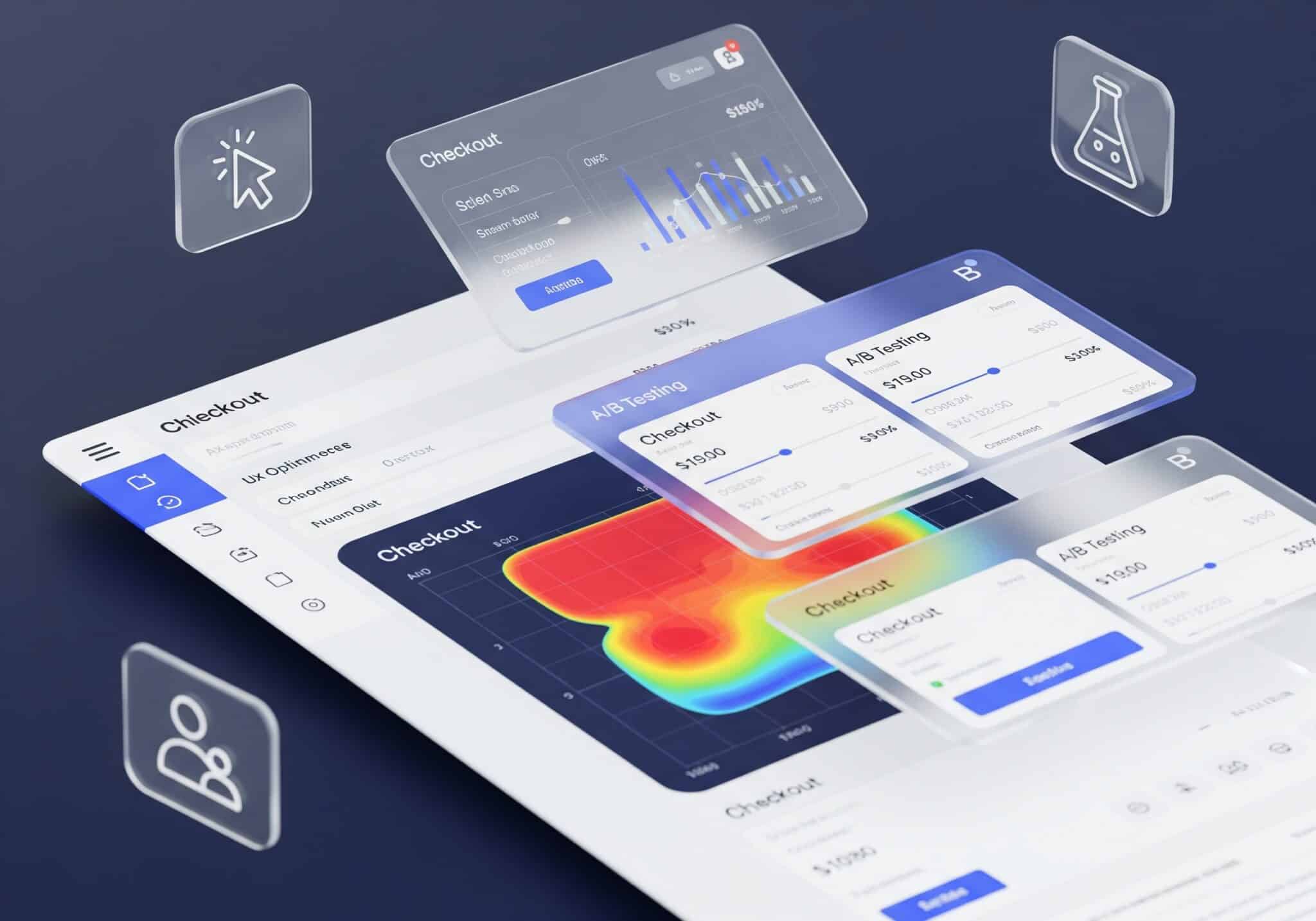
Why Choose a Sydney-Based eCommerce Web Designer?
Wondering if a local designer is worth it? Let me explain why it’s a no-brainer for Australian businesses.
Sydney designers understand local consumer behaviour. They know how to integrate popular payment options like Afterpay, which Aussie shoppers love. They’re also in tune with market trends unique to our region.
Plus, they’re well-versed in legal and compliance needs. From ACCC guidelines to GST rules for online stores, a local expert ensures your site avoids penalties. The latest figures from AusPost show that eCommerce is booming, with Australians spending a record $69 billion online in 2024 alone. Having a designer who’s in the weeds here in Sydney is a huge edge when capitalising on this trend.
PRO TIP: Ask your designer for examples of Sydney or Australian eCommerce projects. Their local experience can directly impact your results.
Conclusion
Hiring the best eCommerce web designer in Sydney doesn’t have to be a gamble. By following these 7 proven steps—defining your vision, sourcing talent, comparing proposals, interviewing for fit, securing contracts, onboarding smoothly, and optimising post-launch—you can build a stunning, revenue-driving online store. Choosing a local Sydney designer adds that extra layer of market insight and compliance know-how, setting you up for success.
Ready to start? Start a conversation with Spark Interact’s Sydney-based team for personalised guidance. Let’s turn your online store into a powerhouse—get in touch today!
Frequently Asked Questions (FAQ)
What is the Average Cost of Hiring an eCommerce Web Designer in Sydney?
Hiring an eCommerce web designer in Sydney typically costs between $8,000 and $25,000, depending on project complexity. Mid-market redesigns often average around $15,000, with costs rising for custom features or integrations like payment gateways. Always request detailed breakdowns to understand what’s included.
How Long Does an eCommerce Website Redesign Take in Australia?
Expect a full eCommerce redesign to take 6–12 weeks in Australia. Larger or more complex projects might stretch to 16 weeks or beyond. Timelines depend on scope, revisions and how quickly you provide feedback, so clear communication is key.
What Should I Look for in an eCommerce Web Designer’s Portfolio?
Focus on portfolios showing measurable results, like increased sales or higher conversion rates. Check for mobile-optimised designs and experience with platforms like Shopify or WooCommerce. A strong portfolio proves they can deliver both style and substance for eCommerce.
Are There Legal Considerations When Hiring a Web Designer in Australia?
Yes, contracts should cover intellectual property (IP) ownership, data privacy under Australian Privacy Principles and GST clauses. It’s wise to consult a legal expert to ensure compliance with local laws. Clarity on these terms protects both parties.
Why Hire a Sydney-Based Web Designer Over Offshore Talent?
Sydney-based designers understand Australian market trends, consumer preferences and legal requirements like ACCC guidelines. They create tailored, compliant stores that resonate with local shoppers. Plus, working in the same timezone simplifies communication and speeds up delivery.

